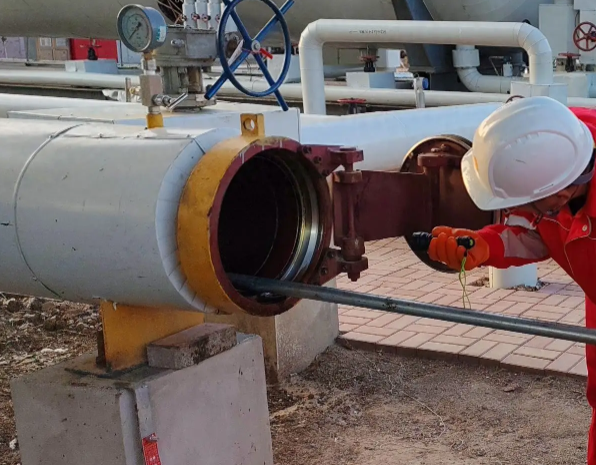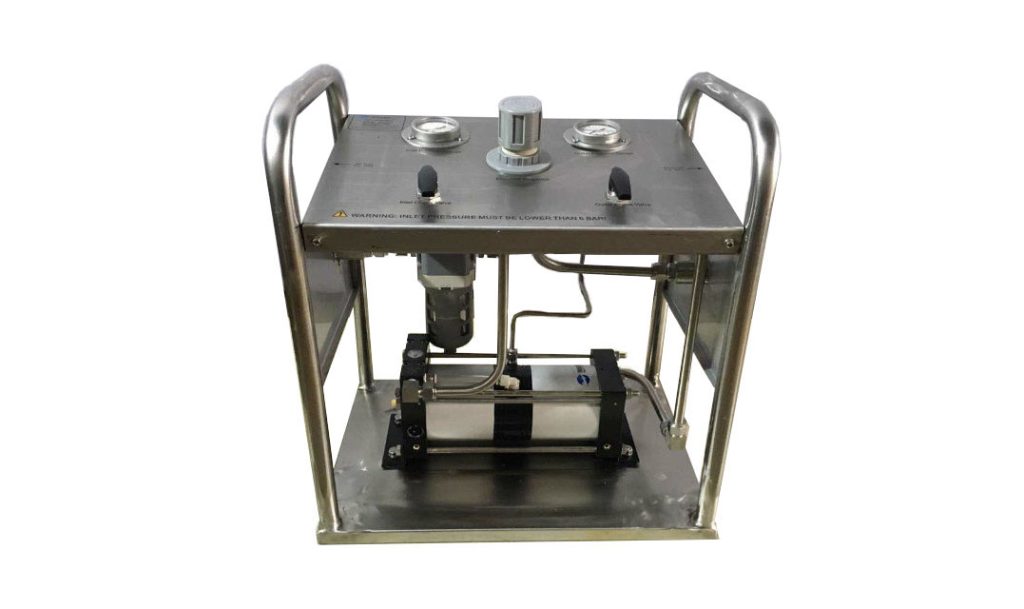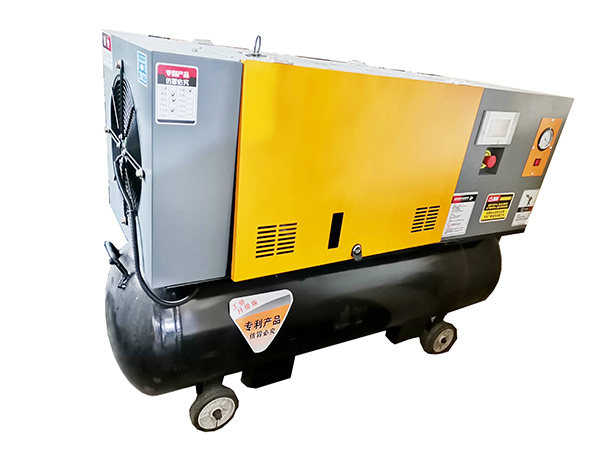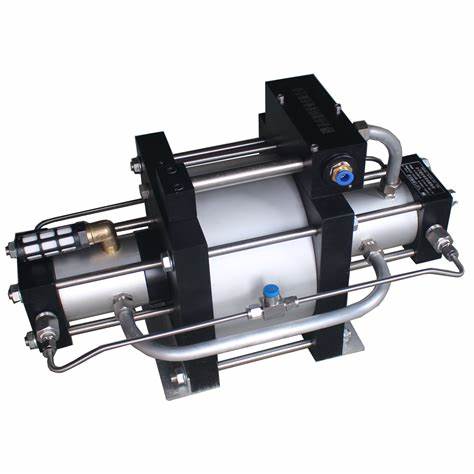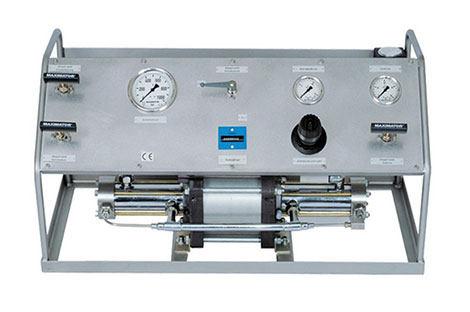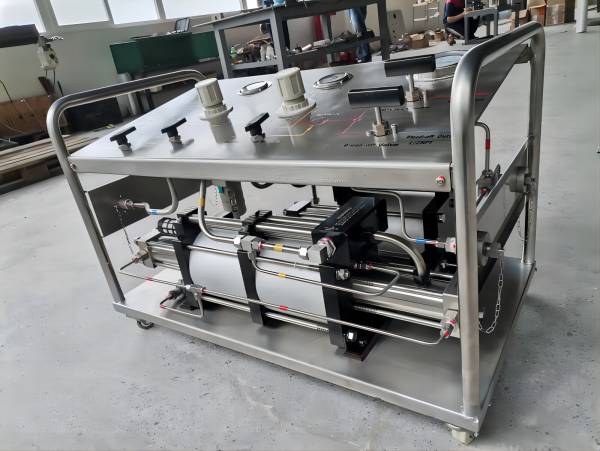Gas Booster Pumps and Nitrogen Boosters: Powering Up Industrial Processes
In the industrial world, precise pressure control of gases is crucial for a wide range of applications. Gas booster pumps and nitrogen boosters play a vital role in achieving this control, ensuring efficient and safe operation of various processes. This article delves into the functionalities, types, applications, and key differences between these essential industrial tools.
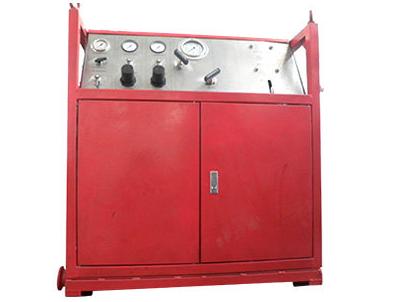
Understanding Gas Booster Pumps
Gas booster pumps, as the name suggests, are mechanical devices designed to increase the pressure of a gas. They operate by compressing the gas volume within a chamber, forcing its pressure to rise. While seemingly straightforward, this principle forms the foundation for a diverse range of gas booster pump designs.
There are three main categories of gas booster pumps:
- Positive Displacement Pumps: These pumps trap a fixed volume of gas within a chamber and physically reduce its volume using pistons, diaphragms, or gears. This reduction in volume translates to a corresponding increase in pressure. Examples include reciprocating piston pumps and diaphragm pumps.
- Centrifugal Pumps: These pumps utilize a rotating impeller to impart kinetic energy to the gas. As the gas exits the impeller, this kinetic energy is converted into pressure. Centrifugal pumps are generally better suited for handling large gas volumes at moderate pressure increases.
- Jet Pumps: These pumps rely on a high-pressure motive fluid, such as air or steam, to create a low-pressure zone within the pump. This low-pressure zone draws in the gas to be boosted, which is then mixed with the motive fluid and discharged at a higher pressure.
Each type of gas booster pump offers distinct advantages and disadvantages. Positive displacement pumps are known for their precise pressure control and ability to handle a wide range of gas types. However, they can be less efficient and are prone to wear and tear. Centrifugal pumps offer high flow rates but may not be suitable for achieving very high pressures. Jet pumps are simple and economical but can be noisy and inefficient.
The applications of gas booster pumps are extensive. They are used in various industries, including:
- Chemical Processing: Boosting pressure for gas-phase reactions, purging vessels, and transferring chemicals.
- Oil and Gas: Transferring and pressurizing natural gas for transportation and injection into pipelines.
- Food and Beverage: Carbonation of beverages, inerting packaging environments, and pressure testing containers.
- Pneumatic Systems: Providing pressurized air for powering tools, operating machinery, and driving actuators.
- Leak Detection: Pressurizing systems for leak testing and identifying potential pressure loss points.
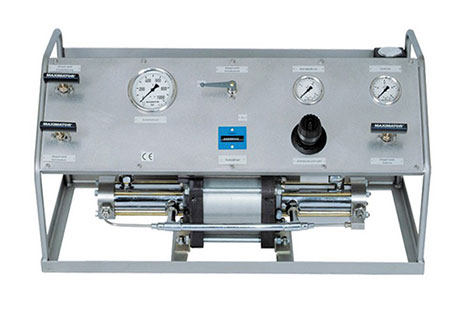
Understanding Nitrogen Boosters
Nitrogen boosters are a specific type of gas booster pump designed to exclusively handle nitrogen gas. They operate based on the same principle of compressing gas volume to increase pressure. However, their design and materials are often optimized for the specific properties of nitrogen, leading to enhanced performance and safety.
There are several common types of nitrogen boosters:
- Diaphragm Pumps: These pumps utilize a flexible diaphragm to compress the nitrogen gas. Their oil-free design makes them suitable for applications requiring clean, uncontaminated gas.
- Piston Pumps: These pumps use pistons within a cylinder to compress the nitrogen gas. They offer high efficiency and pressure capabilities but require regular maintenance.
- Cryogenic Pumps: These pumps employ extremely low temperatures to liquefy nitrogen gas before compression. They are used for achieving ultra-high pressures but come with a high initial cost and complex operation.
The benefits of nitrogen boosters lie in their specialization for nitrogen gas. They offer:
- High Efficiency: Optimized designs minimize energy consumption during compression.
- Cleanliness: Oil-free designs prevent contamination of the nitrogen gas.
- Safety: Specific materials are used to ensure safe operation with nitrogen, which can become brittle at very low temperatures.
Nitrogen boosters find application in various industries, including:
- Electronics Manufacturing: Creating inert atmospheres for sensitive electronics components during assembly and testing.
- Metal Fabrication: Providing pressurized nitrogen for inert gas welding processes to prevent oxidation.
- Oil and Gas Exploration: Purging pipelines and wellbores with nitrogen to remove flammable hydrocarbons and prevent explosions.
- Food Packaging: Inerting food packaging with nitrogen to extend shelf life and preserve freshness.
- Tire Inflation: Inflating aircraft tires with nitrogen to maintain consistent pressure over a wider temperature range.
Gas Booster Pumps vs. Nitrogen Boosters in the Gas and Oil Industry: Choosing the Right Tool
Other gas booster pumps and nitrogen boosters have valuable applications in the oil and gas industry, but choosing the right one depends on the specific task at hand. Here’s a breakdown to help you make the best selection:
1. Understanding the Needs:
- Gas Type: This is the first and foremost consideration. Gas booster pumps can handle various gases, including natural gas, methane, and propane, while nitrogen boosters are specifically designed for nitrogen gas.
- Pressure Requirements: Oil and gas applications often demand a wide range of pressures. Gas booster pumps can achieve very high pressures for well testing and pipeline pressurization. Nitrogen boosters typically cater to moderate to high-pressure needs but excel in efficiency for tasks like purging and inerting.
- Application Specifics: Consider factors like contamination sensitivity and safety concerns. Nitrogen boosters are ideal for situations where contamination of fluids or equipment needs to be minimized, such as purging pipelines before introducing flammable hydrocarbons. Gas booster pumps are suitable for tasks like transferring natural gas where cleanliness might not be a top priority.
- Flow Rate: Some oil and gas applications require high flow rates, like transferring large volumes of natural gas. Gas booster pumps might be a better choice in these scenarios due to their ability to handle larger volumes efficiently.
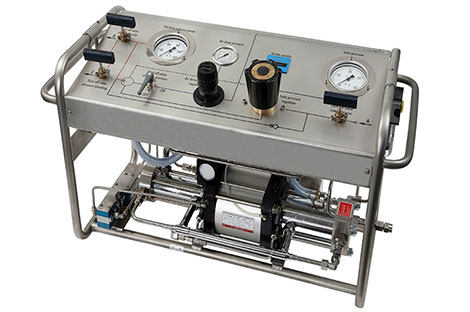
2. Making a Choice:
Here’s a quick decision tree to help you choose between a gas booster pump and a nitrogen booster for your oil and gas application:
1. Do you need to boost a gas other than nitrogen?
Yes: Choose a Gas Booster Pump.
No: Go to step 2.
2. What pressure range do you need?
Very High Pressure (e.g., well testing): Choose a Gas Booster Pump.
Moderate to High Pressure with Efficiency Focus: Choose a Nitrogen Booster.
3. Is contamination a major concern?
Yes: Choose a Nitrogen Booster (oil-free designs minimize contamination).
No: Go to step 4.
4. Do you need a high flow rate for transferring large gas volumes?
Yes: Choose a Gas Booster Pump.
No: Choose a Nitrogen Booster (often suitable for moderate flow rates).
Conclusion
Gas booster pumps and nitrogen boosters play a critical role in modern industrial operations. Their ability to precisely control gas pressure enables diverse processes across various sectors. From ensuring the safe handling of hazardous materials to creating optimal environments for manufacturing, these pumps are essential tools in the industrial toolbox. As technology advances, we can expect even more efficient, reliable, and versatile gas booster pumps and nitrogen boosters to emerge, further propelling innovation across industries.

